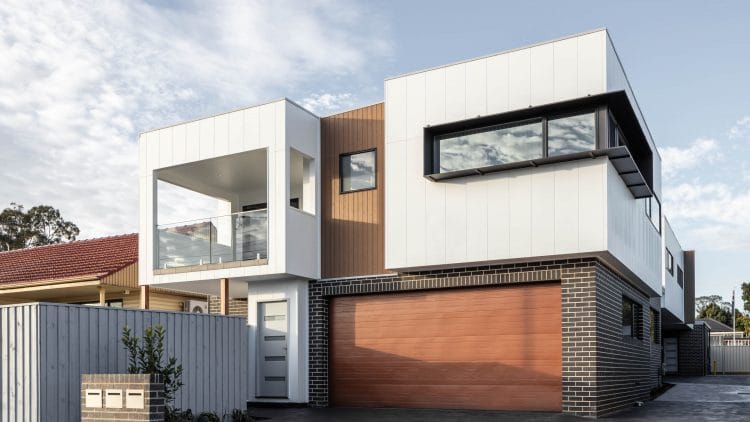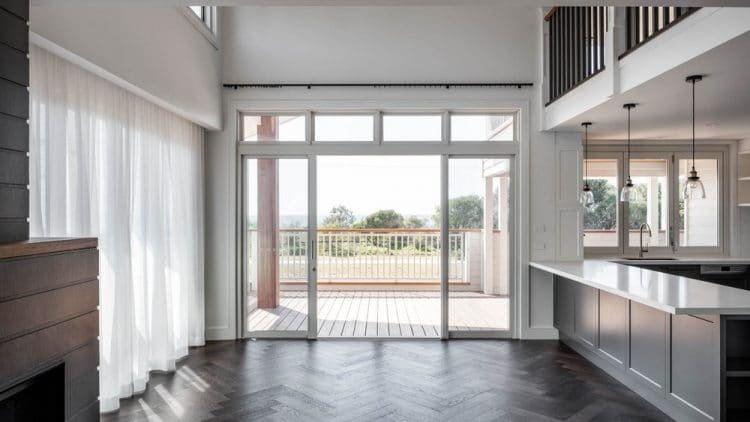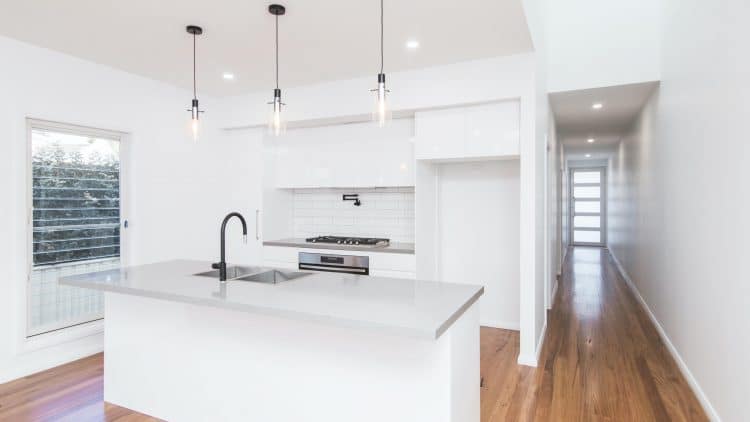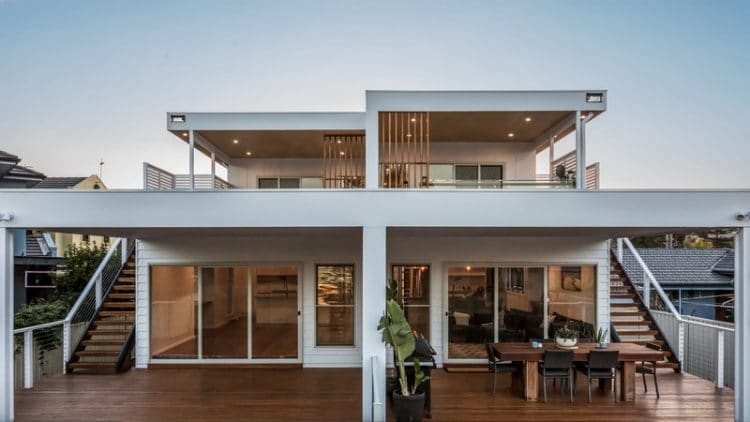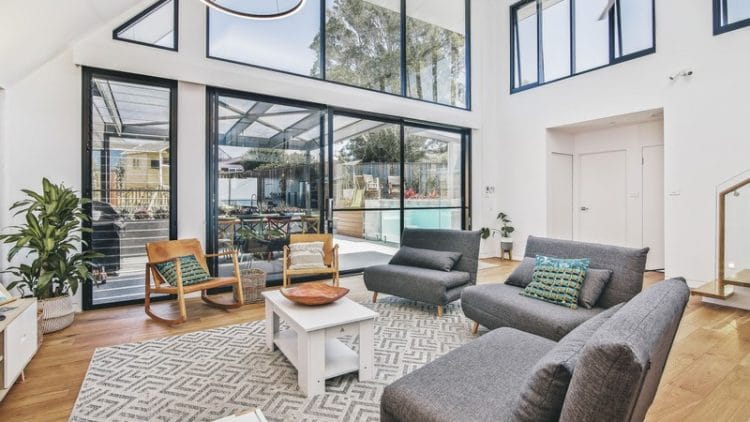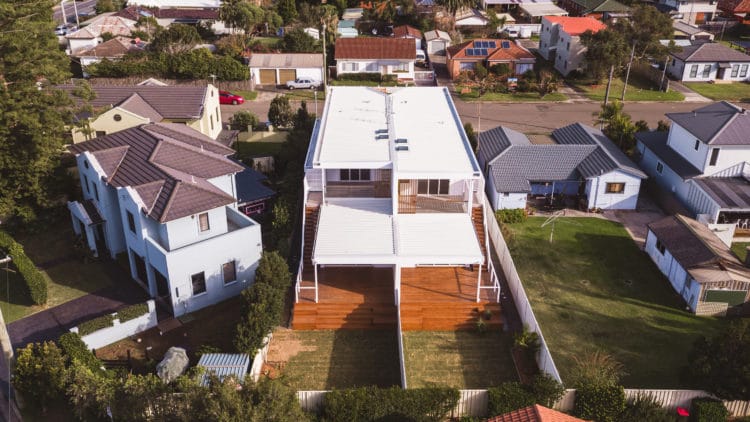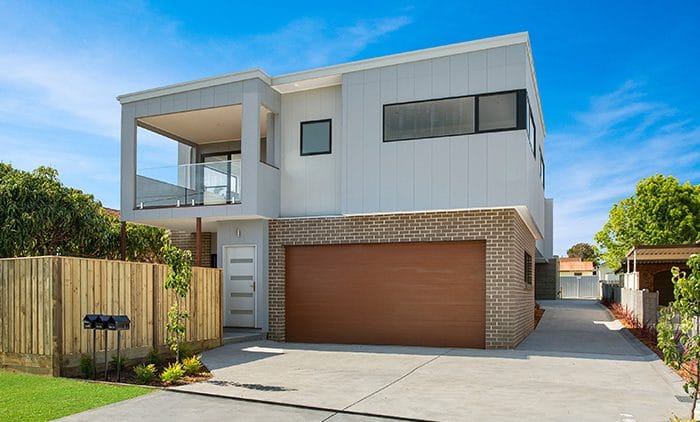The Importance of Involving a Builder & Architect Early
Building your dream home is no easy feat. It requires plenty of pre-planning, big decision-making, and aligning of your future family and financial goals. You also must make sure you’re working with the right team for your specific project – people you are confident will be able to realize your vision through high-quality design and construction.
While these parts of building a new home are inevitable, you can ensure that the building process is as simple and seamless as possible by organizing yourself early and engaging both your builder and architect from the earliest possible point.
Find out why working with a builder and architect early is in your best interest by reading on.
Collaboration is key
An exceptional building project is always the product of collaboration. When a functional and productive partnership is achieved between everyone involved in the project – including builders, designers, subcontractors, and tradespeople – a home shines, with every element fitting neatly into place.
Great collaboration is achieved when everyone is working towards a unified goal and understands your desires and wants. By engaging with both your builder and architect from the get-go, you’re more likely to achieve this outcome with little to no stress, as they can manage the project to ensure everyone is on the same page.
How builders can help during the design stage
Another key reason to get both your builder and architect on board as soon as possible is to enable your builder to play a role in the design stage. While an architect is obviously the best person to craft a home design that suits your needs and wants, your builder will be able to offer expertise on material and labour costs that will help shape your design. By engaging with both at the earliest possible stage, you’re more likely to create a design that ticks all your boxes while remaining within your budget.
What happens if you don’t engage with a builder and architect early?
It’s not essential to work with both parties from the get-go, but it’s definitely in your best interest. If not, you might see complications arise over the cost and timeframe. Builders have on-ground knowledge about suppliers, materials and subcontractors, unlike architects who aren’t involved with working with these products and people every day. Builders and architects have different, but complementary sets of knowledge and experience, so it’s advisable to have everyone working together from the start to achieve the desired outcome: a beautiful custom home that fulfils your brief.
It’s also important to establish the relationship early, so your builder and architect can work together to devise both design and construction solutions to problems that may arise on site. For instance, a site survey could reveal stubborn rock that may be difficult to remove. This will require an inventive and creative solution that is best achieved by working together.
Looking to build a beautiful architectural home? Get in touch with Smartbuild today.


